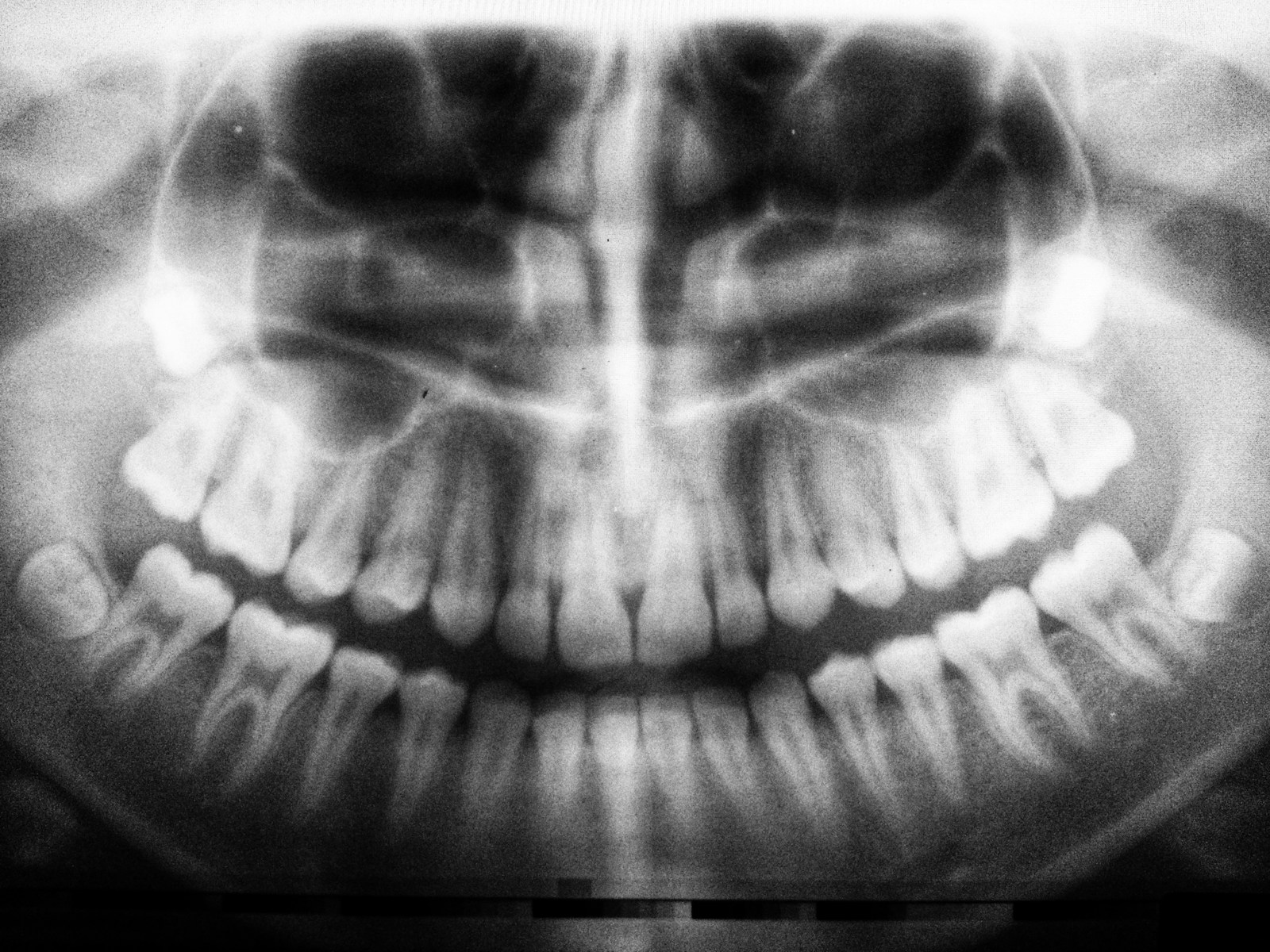Welcome to our comprehensive guide on the integration of Cone Beam Computed Tomography (CBCT) into the treatment planning for Temporomandibular Joint Disorders (TMJ). If you've stumbled upon this page, chances are you're looking to broaden your understanding of how cutting-edge imaging technology is revolutionizing the way dental professionals approach TMJ treatments. Far from being a deep dive into medical jargon, this article aims to enlighten you with practical insights and an easy-to-understand breakdown of why CBCT is a game changer for TMJ treatment planning. From unlocking precise anatomical details to fostering more effective patient consultations, we'll explore why CBCT for TMJ is becoming an indispensable tool in modern dentistry.
Understanding TMJ and the Role of CBCT in Diagnosis
Temporomandibular Joint Disorders, or TMJ, refer to a group of conditions affecting the joint that connects your jawbone to your skull. Symptoms can range from mild discomfort to severe pain and dysfunction, impacting one's quality of life. Traditional methods of diagnosing TMJ, such as physical exams and standard x-rays, may not always provide a complete picture. This is where Cone Beam Computed Tomography (CBCT) comes in.
CBCT for TMJ offers a 3D image of the jawbone, muscles, and joints, allowing for a more accurate diagnosis. It captures detailed anatomical structures within the jaw and face with less radiation exposure than conventional CT scans. This cutting-edge tool is becoming crucial in identifying the specific characteristics of TMJ disorders, enabling dental professionals to tailor more accurate and effective treatment plans.
The Advantages of Using CBCT Imaging for TMJ Treatment Planning
 Delving deeper into the specifics, the advantages of utilizing CBCT imaging for Temporomandibular Joint Disorders (TMJ) treatment planning are manifold. Unlike traditional 2D imaging techniques, CBCT provides a three-dimensional view, offering unparalleled clarity and detail. This level of precision is paramount when it comes to the intricate anatomy of the TMJ area, where every millimeter counts. It allows for the visualization of bone structures, joint spaces, and surrounding tissues with exceptional accuracy, which is vital for diagnosing the extent of the disorder and planning effective interventions.
Delving deeper into the specifics, the advantages of utilizing CBCT imaging for Temporomandibular Joint Disorders (TMJ) treatment planning are manifold. Unlike traditional 2D imaging techniques, CBCT provides a three-dimensional view, offering unparalleled clarity and detail. This level of precision is paramount when it comes to the intricate anatomy of the TMJ area, where every millimeter counts. It allows for the visualization of bone structures, joint spaces, and surrounding tissues with exceptional accuracy, which is vital for diagnosing the extent of the disorder and planning effective interventions.
Furthermore, CBCT imaging aids in the detection of any underlying conditions that may contribute to TMJ disorders, facilitating a comprehensive approach to treatment. This technology also supports better patient communication, as dental professionals can visually explain the diagnosis and proposed treatments, making patients active participants in their care process.
Navigating CBCT Images: A Layman's Guide to Interpreting Results
- For those not versed in radiology, interpreting CBCT images might seem like deciphering an ancient script. However, understanding the basics can demystify this process, and equip you with knowledge that enhances your consultation experiences. CBCT images present a 3D model of your craniofacial structure, showing bones, teeth, and soft tissues in detail.
- When analyzing these images for TMJ disorders, focus is often on the joint area — looking for signs of misalignment, degeneration, or abnormal growths. The radiologist or dentist will assess the condition of the bone and the disc, checking for any irregularities that might indicate a TMJ disorder.
- They'll also examine the surrounding tissues and the overall symmetry of the jaw. While the technical details can be complex, the outcome of this analysis significantly informs your treatment options, aligning them closely with your specific condition. With this understanding, the dialogue between you and your healthcare provider becomes more insightful and productive.
Incorporating CBCT Data into Your TMJ Treatment Strategy
 The integration of CBCT data into TMJ treatment planning is a game changer. It shifts the approach from a one-size-fits-all to a personalized treatment protocol. The precise imagery obtained from CBCT scans enables healthcare providers to identify the root cause of TMJ disorders with greater accuracy. This can range from bone anomalies, joint degeneration, to soft tissue discrepancies. Equipped with this detailed anatomical information, dental professionals can design a treatment plan that directly addresses these specific issues.
The integration of CBCT data into TMJ treatment planning is a game changer. It shifts the approach from a one-size-fits-all to a personalized treatment protocol. The precise imagery obtained from CBCT scans enables healthcare providers to identify the root cause of TMJ disorders with greater accuracy. This can range from bone anomalies, joint degeneration, to soft tissue discrepancies. Equipped with this detailed anatomical information, dental professionals can design a treatment plan that directly addresses these specific issues.
For instance, if CBCT imaging reveals that a misaligned bite is contributing to TMJ symptoms, orthodontic correction could be recommended as a part of the treatment plan. Similarly, if signs of joint degeneration are observed, more conservative management techniques or surgical interventions can be considered. Ultimately, the use of CBCT data makes treatment planning more targeted, potentially leading to more successful outcomes and improved patient satisfaction.
Looking Ahead: The Future of TMJ Treatment with CBCT Technology
 The future of TMJ treatment appears promising with the continuous advancements in CBCT technology. As the precision of CBCT imaging improves, so too does the potential for even more personalized and efficient treatment plans. Researchers are actively exploring ways to further reduce radiation exposure while enhancing image clarity. Additionally, the integration of artificial intelligence (AI) with CBCT imaging holds the potential to automate and improve the accuracy of diagnosing TMJ disorders.
The future of TMJ treatment appears promising with the continuous advancements in CBCT technology. As the precision of CBCT imaging improves, so too does the potential for even more personalized and efficient treatment plans. Researchers are actively exploring ways to further reduce radiation exposure while enhancing image clarity. Additionally, the integration of artificial intelligence (AI) with CBCT imaging holds the potential to automate and improve the accuracy of diagnosing TMJ disorders.
Looking forward, we may see CBCT technology becoming more accessible to dental practices of all sizes, thanks to cost reductions and the miniaturization of equipment. This would make advanced TMJ diagnostic and treatment planning options available to a broader patient base. As we continue to embrace these technological advancements, the hope is for a future where TMJ disorders can be diagnosed earlier and treated more effectively, ensuring better quality of life for patients.